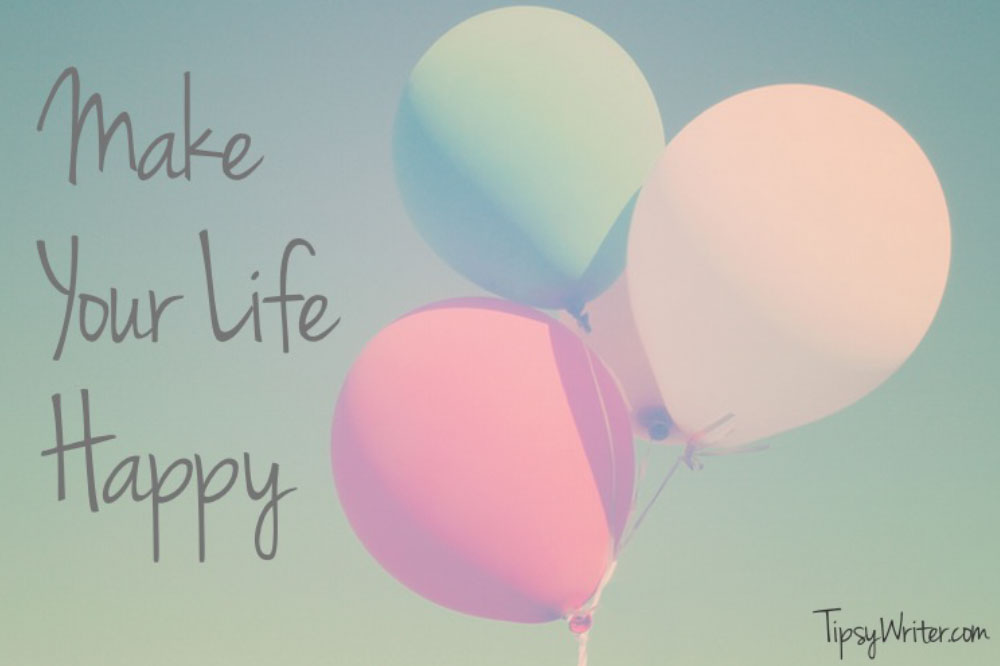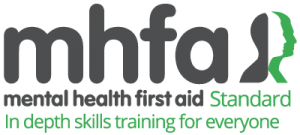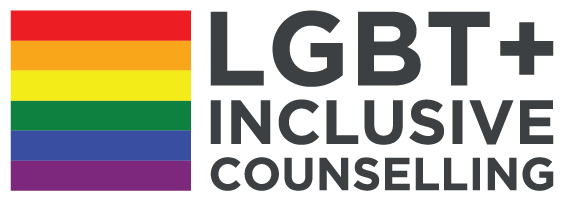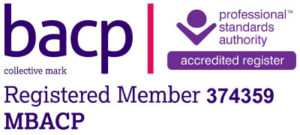The most interesting design problem is our life. School has taught most of us to be sceptical and to be rationalists, but those aren’t very useful mindsets when you’re trying to do something new, something no one’s ever done before, or something that has no one clear solution. Instead, design thinking says we should start with empathy and lean into what we’re curious about. Designers get stuck and unstuck and stuck and unstuck all the time. One of the most important ways to get unstuck is re-framing, which also makes sure that we’re working on the right problem. Life design involves a lot of re-frames that allow us to step back, examine our biases and open up new solutions. Many people have beliefs about life which psychologists would label as dysfunctional. If we want to design our life, we need to re-frame these beliefs. They hold us back and keep us stuck, for example:
Dysfunctional belief #1: “Knowing your passion will tell you what you need to do with your life”. If you actually have a passion, that’s great. Maybe you wanted to be a doctor for as long as you can remember, but it turns out less than 20 percent of people have a single identifiable passion in their lives and we don’t need a passion to start designing our life. The re-frame is “I’m OK, just where I am”.
Dysfunctional belief #2: “By the time you’re out of education, you should know where you’re going. And if you don’t know, you’re late”. What exactly are we late for? That’s an old-fashioned idea. Nowadays people are living their lives much more fluidly, exploring many alternative versions of ourselves. The re-frame is “I’ll start from wherever I am; I’m not late for anything”.
Dysfunctional belief #3: “You should try to optimize the best possible version of yourself”. This implies that there’s just one singular best and that life is a linear progression towards this singular best. In reality, there are many, many versions of us and any of them can result in a well-designed life. The re-frame is “life design is a journey; let go of optimizing an end goal and focus on the process and see what happens next”.




